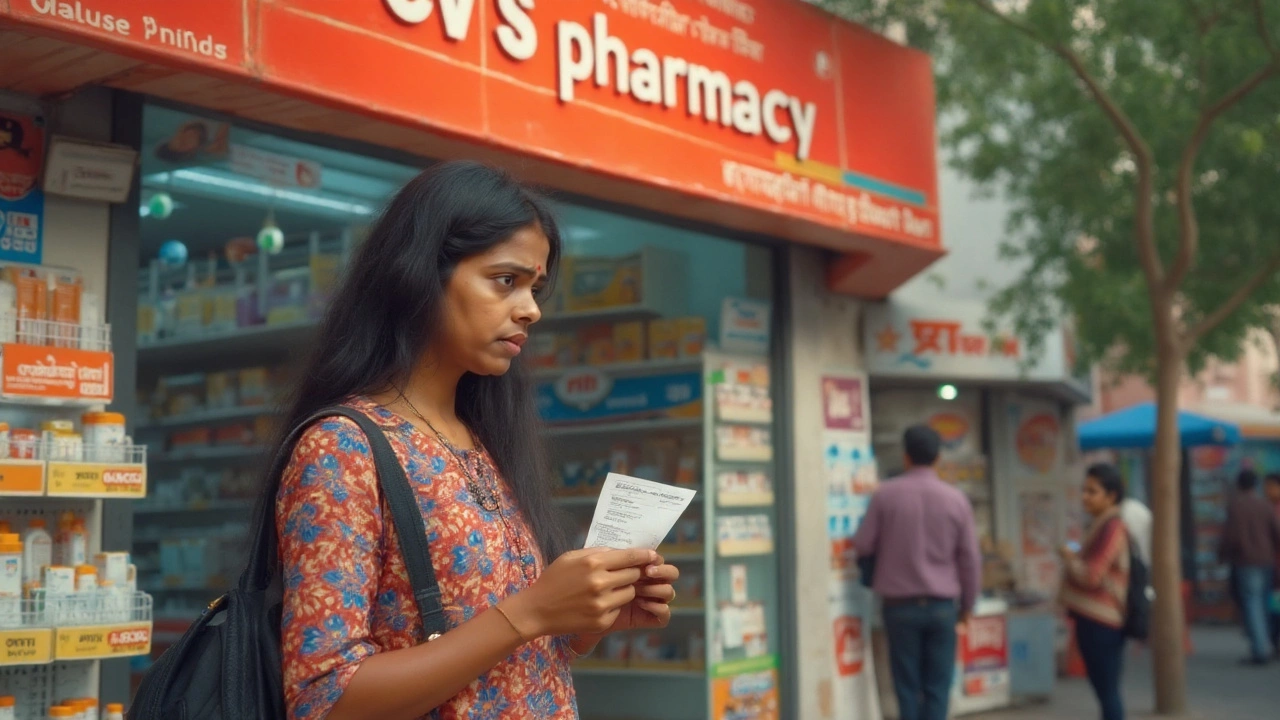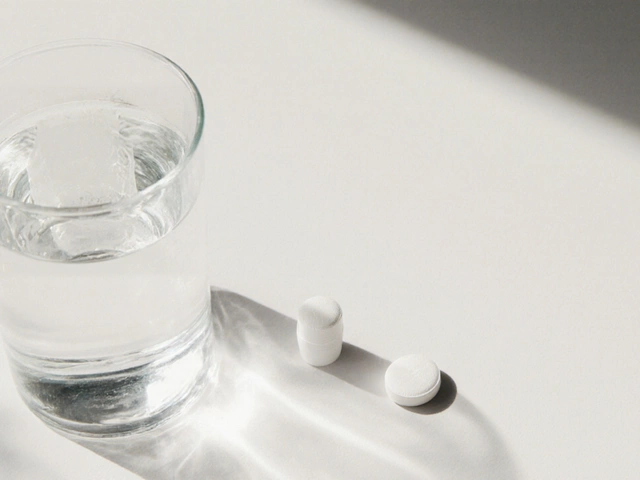Drugstore Markup: What It Means and Why It Matters to You
Ever wonder why the price on a bottle of pills at the pharmacy is higher than the same drug listed online? The difference is called a drugstore markup. It’s the extra amount the pharmacy adds on top of the wholesale cost to cover rent, staff, and profit. Understanding this helps you spot price tricks and save money.
How Drugstore Markup Is Calculated
Pharmacies buy medicines from distributors at a base price called the procurement cost. From there, they add a percentage for operating expenses – things like electricity, salaries, and inventory handling. Finally, they tack on a profit margin, which can range from 10% to 30% depending on the store type and location. In big cities, rent can push the markup higher, while small town pharmacies might have lower added costs.
Some drugstores also include a service fee for counseling or quick delivery. That fee appears as a separate line item on the receipt, but it’s still part of the overall markup. Knowing the components lets you compare prices more accurately – you’re not just looking at the sticker price, you’re seeing the sum of many small charges.
Smart Ways to Handle High Markups
First, always ask for a price breakdown. A reputable pharmacy will tell you the base cost and the added markup. If the markup looks steep, ask if they have a generic version or a bulk pack that costs less. Generics often have the same active ingredient but a lower wholesale price, so the markup ends up smaller.
Second, use online price checkers or apps that list the average market price for common medicines. When you see a big gap, you can negotiate or switch to a cheaper store. Some chains offer membership cards that lock in lower markups for regular customers.
Third, consider buying straight from a licensed pharmacy that sources directly from the manufacturer. These outlets sometimes skip the middlemen, reducing the markup dramatically. Just make sure the pharmacy is registered – you don’t want counterfeit meds.
Finally, keep an eye on government price caps. In India, the National Pharmaceutical Pricing Authority (NPPA) sets maximum prices for essential drugs. If a pharmacy charges above that cap, you have the right to demand a correction or file a complaint.
At Toxic Medicine Insights, we dive deep into how medicines can be risky and how pricing affects accessibility. Our articles break down complex topics like drugstore markup into easy steps, so you can make informed choices without feeling overwhelmed.
Bottom line: drugstore markup isn’t a mystery, it’s a set of predictable costs that you can manage. Ask for details, compare with online rates, use generics, and leverage membership deals. With these tricks, you’ll pay less and stay healthier.

Why Are CVS Pharmacy Prices So High? Real Reasons & Smart Ways to Save
Uncover the surprising reasons why CVS pharmacy is expensive and what you can do about high prescription drug costs. Get practical tips to save money at CVS.




